Sterile Filtration Strategies
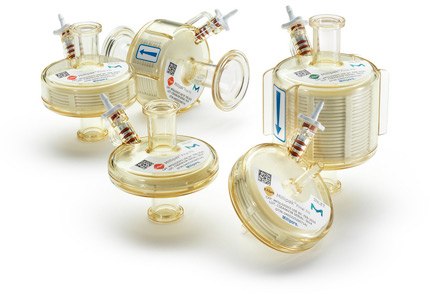
It is critical that drug products are free from bacteria and other microorganisms to ensure patient safety. For pharmaceutical products that cannot be terminally sterilized, expertise in filtration solutions such as aseptic filtration can help meet these challenges.
Ensuring performance of sterile filters with integrity testing
Sterile filtration is commonly employed for microbial removal and plays a pivotal role in assuring final product sterility. Where sterility will be claimed, regulatory agencies worldwide require that the sterilizing-grade filter(s) be integrity tested to ensure filter performance is verified prior to and after filter use. Therefore, successful filter integrity tests are a critical link between filter validation and current processing. Designing a robust integrity test operation can help to ensure reliable filter integrity tests.
Assuring sterile drug product with a Small Volume Parenteral (SVP) process
Filtration of liquids through sterilizing grade filters is a common method for removing microorganisms from SVPs, especially those that are heat-sensitive. Final filtration with a 0.22 µm filter is the last unit operation in the process and is a critical step for successful manufacturing of a parenteral drug formulation.
Regulatory requirements and industry best practice help assure this critical process step is effective. Additionally, a comprehensive validation strategy provides the scientific evidence to confirm that process conditions and filters are robust and to defend these decisions to regulatory authorities. Use of sterilizing grade filters for removal of microorganisms should follow critical guidelines for incorporating this step late in the manufacturing process to ensure sterility.
Minimizing risk of contamination through Quality by Design (QbD)
The selection of an effective and efficient sterilizing grade filter is essential to provide sterility assurance. Understanding filtration systems and components can be a challenge, given the array of different options. Design and manufacture of filtration system components should apply QBD principles to provide high assurance of sterility for aseptic processes.
Defining validation and qualification strategies
Sterilizing filtration must be qualified during early clinical phases to demonstrate the ability to provide a sterile product without adversely affecting its properties. The filter, as critical equipment used for manufacturing a sterile investigational drug, should not contaminate or otherwise react with, add to, or be absorbed by the drug. Understanding the key elements of sterile filtration, validation, and regulatory guidance for developmental phase drug products is critical to ensuring that the process is properly defined and validated.
To assess the performance of a filter and thereby ensure the quality of the product, several aspects need to be examined including bacterial retention, chemical compatibility, extractables, and adsorption. A defined validation strategy helps ensure that processing conditions are optimized, and filters are tested to confirm their performance.
Visit our document search for data sheets, certificates and technical documentation.
Related Articles
- This overview describes the challenges when developing parenteral formulations and strategies to overcome them and reduce the risk of production.
- This article describes the solubility challenge presented by many small molecule APIs and strategies to overcome these issues during the formulation process.
- Discover strategies to enhance solubility in injectable formulations using excipients, including cyclodextrins, meglumine, and polyethylene glycols.
- Medicine for children poses unique formulation challenges compared to adults. Consider developmental physiology and age specifics when designing pharmaceuticals. Quality issues can severely impact patient safety. Therefore, excipient quality, supplier selection, and supply chain security are crucial, particularly for pediatric formulations.
- Find key considerations for the selection and use of benzalkonium chloride, benzyl alcohol, benzaldehyde, parabens, benzoic acid, and sodium benzoate as preservatives.
- See All (8)
Related Protocols
- A step-by-step protocol for released N-linked glycan analysis of the monoclonal antibody adalimumab, based on UHPLC-FLR-MS and procainamide labeling.
- This article describes a purification process resulting in low nanoparticulate impurities sucrose, enabling more stable protein formulations.
Find More Articles and Protocols
How Can We Help
In case of any questions, please submit a customer support request
or talk to our customer service team:
Email custserv@sial.com
or call +1 (800) 244-1173
Additional Support
- CRISPR Use License Agreement
- Calculators & Apps
Web Toolbox - science research tools and resources for analytical chemistry, life science, chemical synthesis and materials science.
- Customer Support Request
Customer support including help with orders, products, accounts, and website technical issues.
- FAQ
Explore our Frequently Asked Questions for answers to commonly asked questions about our products and services.
Workflow
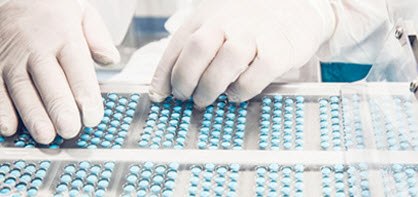
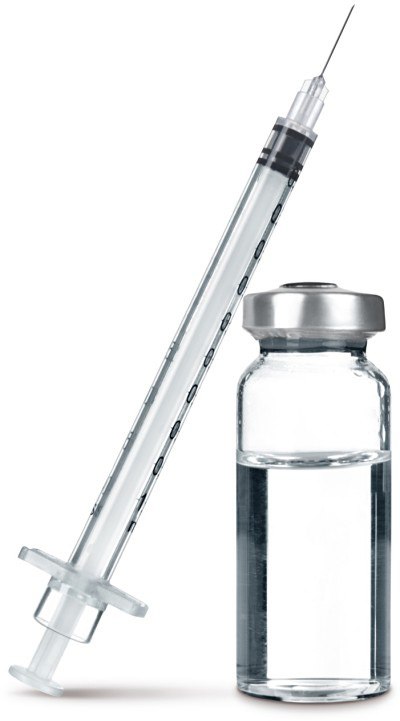
Liquid formulation strategies
Sterile liquid applications are often injected into the body, making it critical to minimize risk by choosing the right process to purify the API, identifying suitable excipients, defining appropriate process validation, and selecting the right filters.
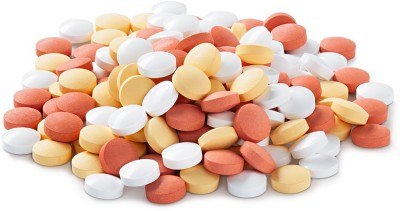
Solid formulation strategies
Drug products must be free from bacteria and other microorganisms to ensure patient safety, requiring expert use of aseptic filtration for pharmaceutical products that cannot be terminally sterilized.
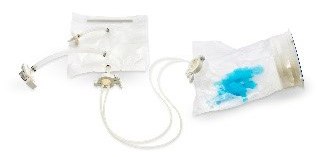
Final fill strategies
The final fill process is a critical aspect of drug manufacturing, demanding careful risk mitigation in order to ensure that safe therapeutic drug products are provided to patients.
Related Webinars
Filtration of liquids through sterilizing grade filters is a common method for removing microorganisms from small volume parenterals that are heat-sensitive.
In aseptic processing of pharmaceutical products, it is critical that drug products are free from bacteria and other microorganisms to ensure patient safety.
To continue reading please sign in or create an account.
Don't Have An Account?
